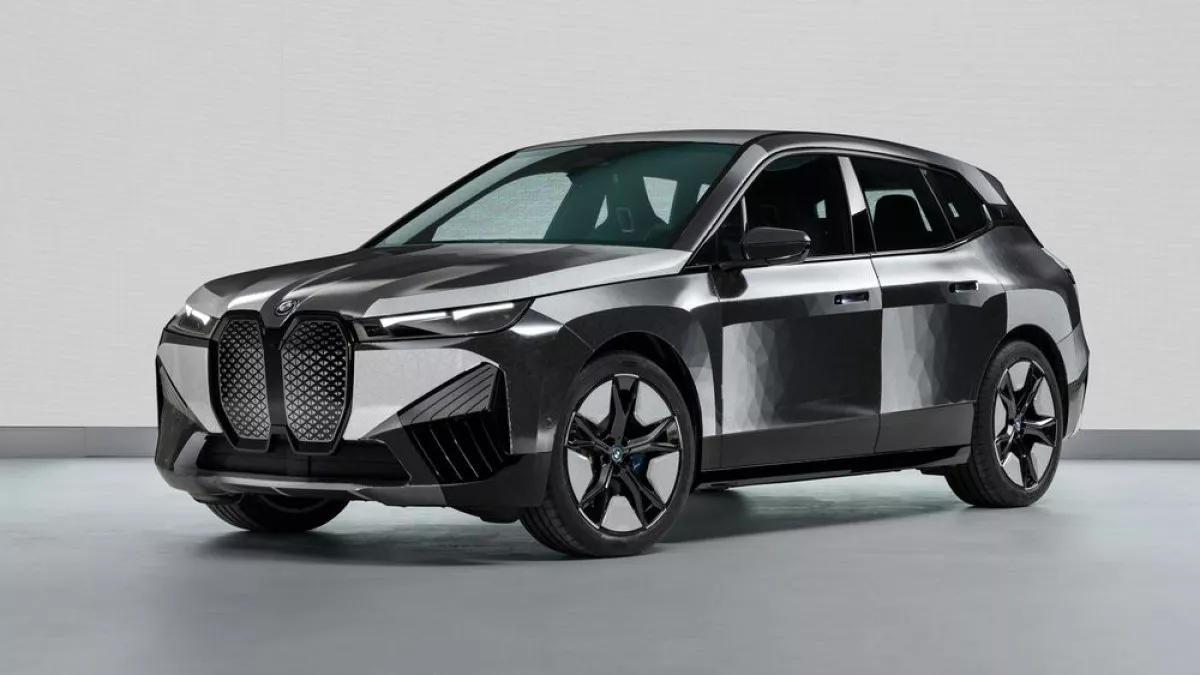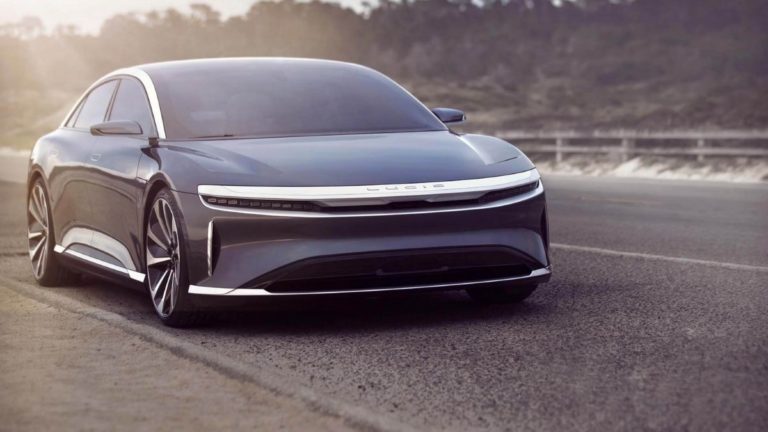What Is The Technology Behind BMW’s Color-Changing Car (E Ink)?

BMW recently showcased their new color-changing car at CES 2022. The company showed off the technology on a concept car, BMW iX Flow, that uses E Ink to change its color to black, gray, and white. The car can even customize the parts where the color changes, giving the vehicle cool-looking stripes.
In addition to personalization, a variable exterior also contributes to the efficiency of the vehicle. By nature, a white exterior on hot days would reflect sunlight and conversely, a black exterior on cold days would absorb the sunlight. This could reduce the amount of energy the vehicle uses for heating and cooling the interior.
E Ink blog
The BMW iX Flow uses E Ink Prism, a fully programmable design film. Meaning BMW has complete creative freedom to customize the patterns and materials.
What is BMW’s E Ink technology?

E Ink is the electronic paper technology we see in e-readers like the Kindle. E Ink includes several types of electrophoretic ink, often called electronic ink. It creates an Electronic Paper Display (EPD) when laminated on a plastic film and connected to electronics.
E Ink is known to be bistable as an image on an E Ink screen will remain the same even without the power source. It does not consume power when it stays the same color and only needs power when it changes. This property allows the vehicle to change color with minimal energy.
The electronic ink has several tiny microcapsules with negatively charged white and black pigments. These microcapsules are as thick as human hair. By giving the proper stimulation using an electric current, the surface can change color to black or white.
In this vehicle, you can change the paint scheme at the touch of a button. However, don’t expect to see this vehicle at your local BMW dealership anytime soon, as this is just an advanced research and design project. Not to mention the durability of this high-tech paint and if it can withstand extreme weather conditions.
If you like this simple explainer, check out our Short Bytes section. We take complex tech topics and break them into short, easy-to-understand articles.






